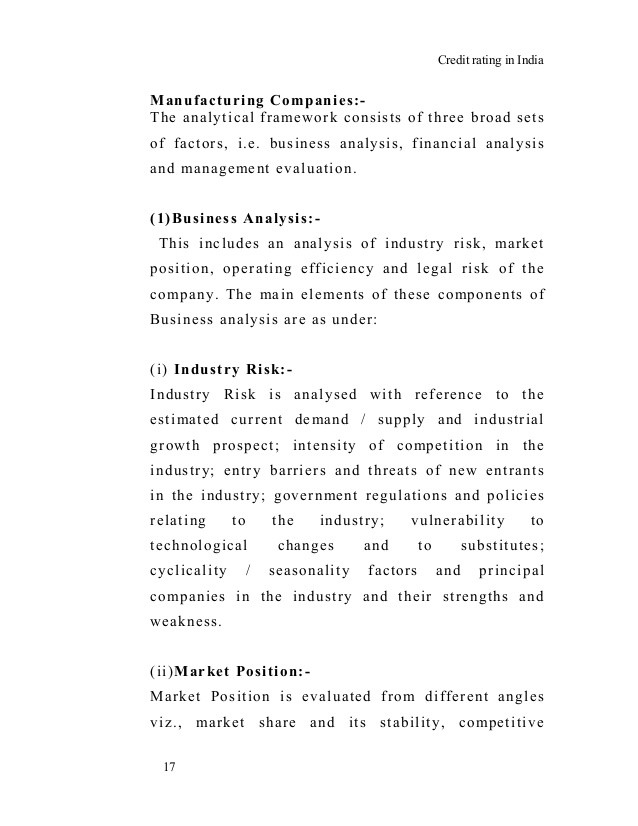Hedge fund performance evaluation_1
Post on: 16 Март, 2015 No Comment

David Harper CFA FRM CIPM David Harper
AIMs: Explain the difficulties in measuring the performances of hedge funds. Explain how portfolios with dynamic risk levels can affect the use of the Sharpe ratio to measure performance. Describe techniques to measure the market timing ability of fund managers with: Regression.
Questions:
19.1. According to Bodie, Kane and Marcus, EACH of the following makes it difficult to evaluate the performance of hedge funds EXCEPT for:
a. Liquidity risk: Hedge funds tend to hold more illiquid assets, such that compensation for illiquidity may mistakenly appear to be alpha
b. Tail risk: Some hedge fund strategies will earn consistent profits for a period, appearing to be high reward per unit of risk, but are exposed to tail risk; e.g. writing deep OTM puts
c. Incentive structure: carried interest fee creates a circularity in the evaluation model that is difficult to overcome
d. Instability of risk attributes: As hedge funds have greater leeway to invest opportunistically, their factor loading and risk profile changes rapidly
19.2. In the first year, a hedge fund manager produces quarterly excess returns of: -1.0%, +5.0%, -1.0%, +5.0%. In the second year, the manager shifts to a riskier strategy and produces quarterly excess returns of: -12.0%, +36.0%, -12.0%, +36.0%. Consequently, the manager's Sharpe ratio was 0.67 in the first year and 0.50 in the second year. What was the manager's Sharpe ratio of the eight quarters (two years) as measured in a single sequence?
a. 0.39
b. 0.58
c. 0.63

d. 0.72
19.3. About the market timing ability of fund managers, Bodie Kane and Marcus assert EACH of the following as true EXCEPT:
a. The simple linear security characteristic line (SCL) is inadequate to the task of evaluating the performance of a market timer
b. Although actual regression-based research (e.g. Henriksson) proves that managers are able to consistently and successfully time markets, after deducting transaction costs the profitability of even a perfect market timer is not economically significant
c. A viable way to measure both security selection and market timing is to add a quadratic term to the usual index model, resulting in an expanded security characteristic line
d. A viable way to measure both security selection and market timing is to add a dummy variable to the usual security characteristic line, so that the beta of the portfolio is (b) is bear markets but (b+c) in bull markets














